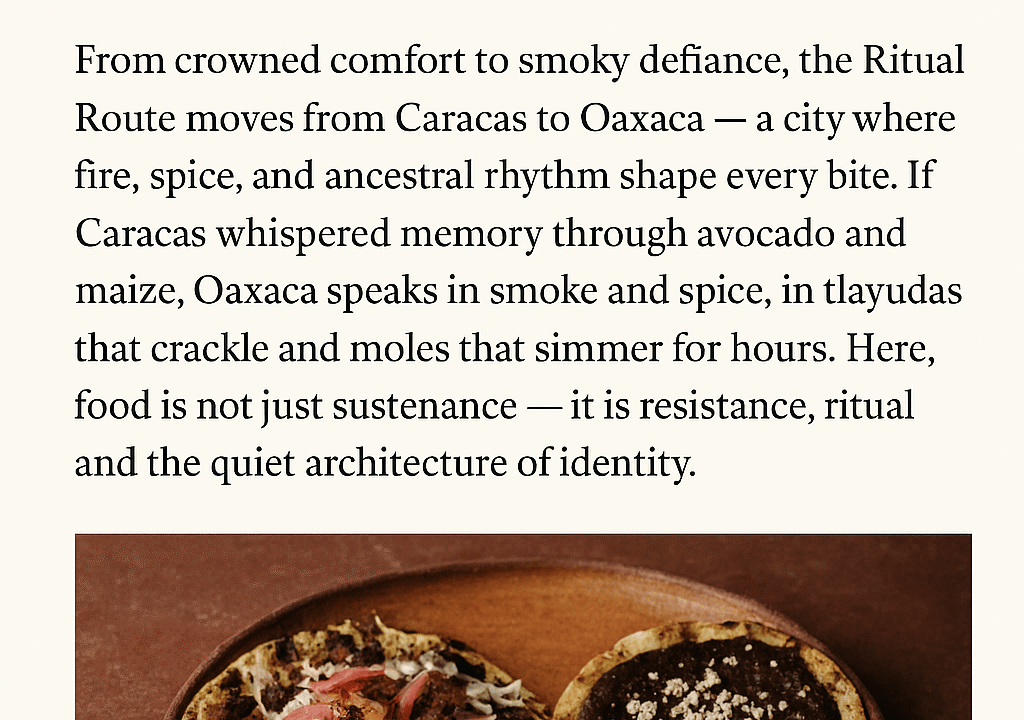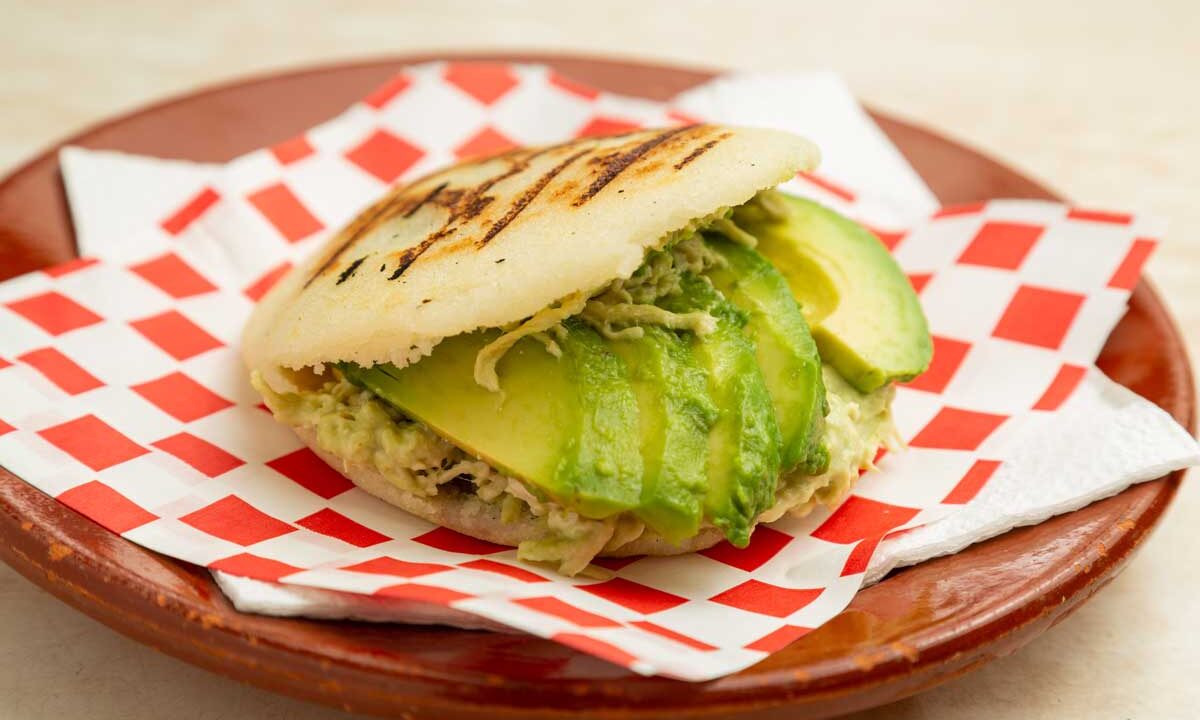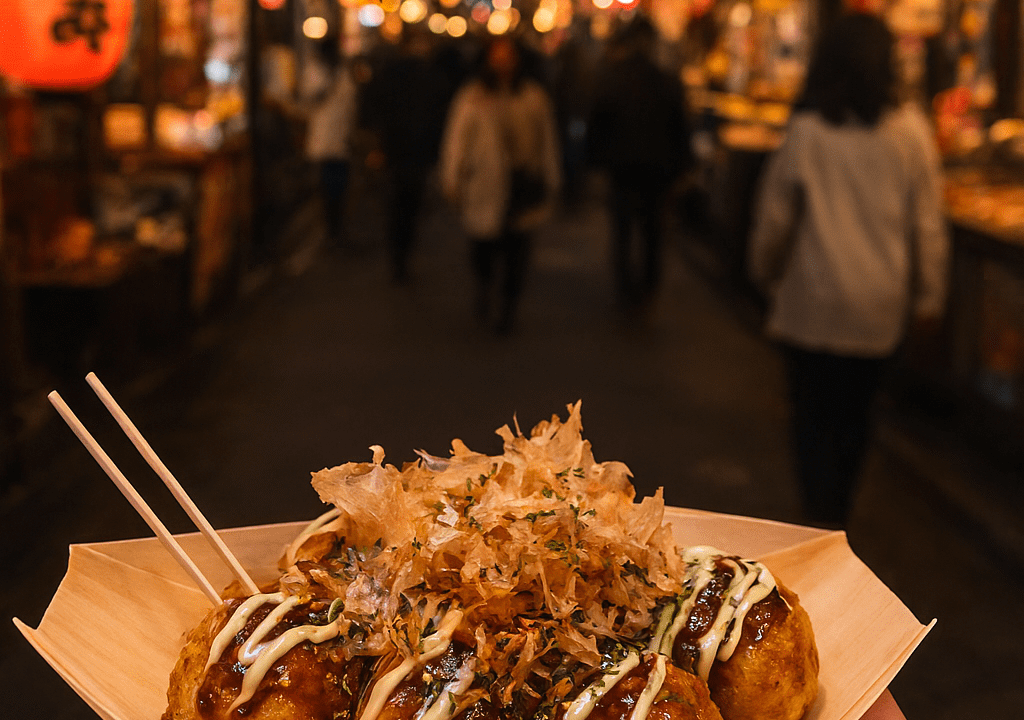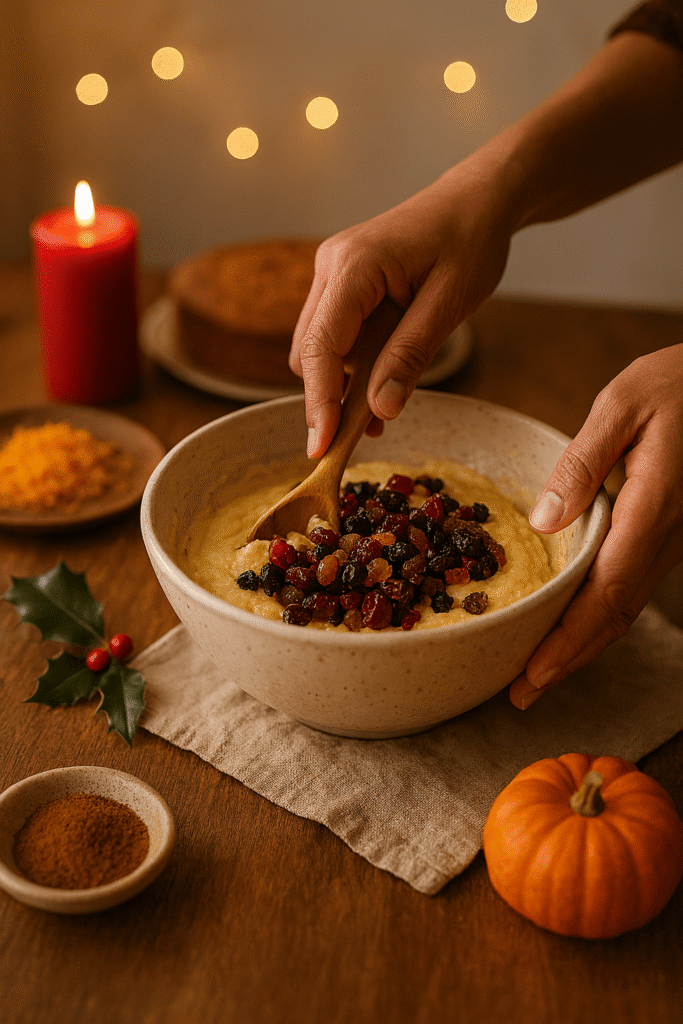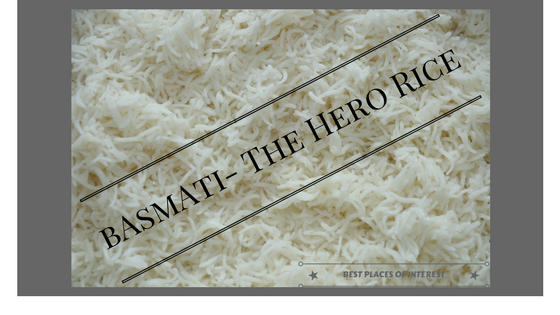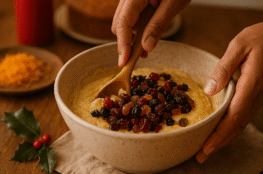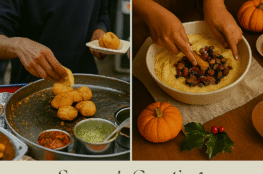Rice is the seed of the grass Oryza Sativa (Asian rice) or Oryza glaberrima (African Rice). As a cereal grain, it is the widely consumed stapled food for a large part of the world’s human population, especially in Asia. It is the agricultural commodity with the third-largest worldwide production, after sugarcane and maize.

History of rice
Wild rice, from which the crop was developed, may have had its native range in Australia, though, Chinese legend attributes the domestication of rice to Shennong, the legendary emperor of china and inventor of Chinese agriculture. Genetic evidence has shown that rice originates from a single domestication 8,200-13,500 years ago in the pearl river valley region in china.
From east Asia, rice cultivation spread to south-east Asia and was eventually introduced to Europe through western Asia and then on to the Americas through European colonization.
Basmati rice

Basmati is a variety of long, slender, grained aromatic rice, which is traditionally from the Indian subcontinent. Basmati is derived from the Hindi word basmati, literally meaning “fragrant” (‘bas‘ means aroma and ‘Mati‘ means full, hence the word basmati meaning full of aroma) and is believed to have been cultivated in the Indian subcontinent for centuries.
Basmati rice was introduced to the middle east by Indian traders. Through cultural exchange, it remains not only an important part of the Indian and Pakistani cuisine but now is also used extensively in Persian, Arabic as well as other middle eastern cuisines. India and Pakistan are the exclusive growers and exporters of basmati rice.
Haryana is the major basmati rice cultivator, providing more than 60 percent of the total basmati rice produced in India. Any rice grown elsewhere other than the above regions cannot be called basmati, as it cannot have the combined characteristic of aroma and elongated post cooking because of the soil and weather conditions.
Special characteristics–
Basmati rice is different from other rice mainly due to the aroma and elongation post cooking. No other rice has this combined characteristic. The post cooking elongation of more than twice its original length, the aroma and its unique taste has made basmati rice a true blue blooded delicacy.
It has been reported that in the world there are approximately 10,000 varieties of rice, the maximum number being from India. There is only one basmati harvest a year and the plant requires specific weather conditions to mature and flourish.
Fragrant basmati is certainly the hero of all pulao and biryanis as well as a perfect partner to curries. The indulgent and delicate flavour is an ideal part in crime for tempering spicy and fiery food.
You may like to read- Recipe with Basmati Rice

